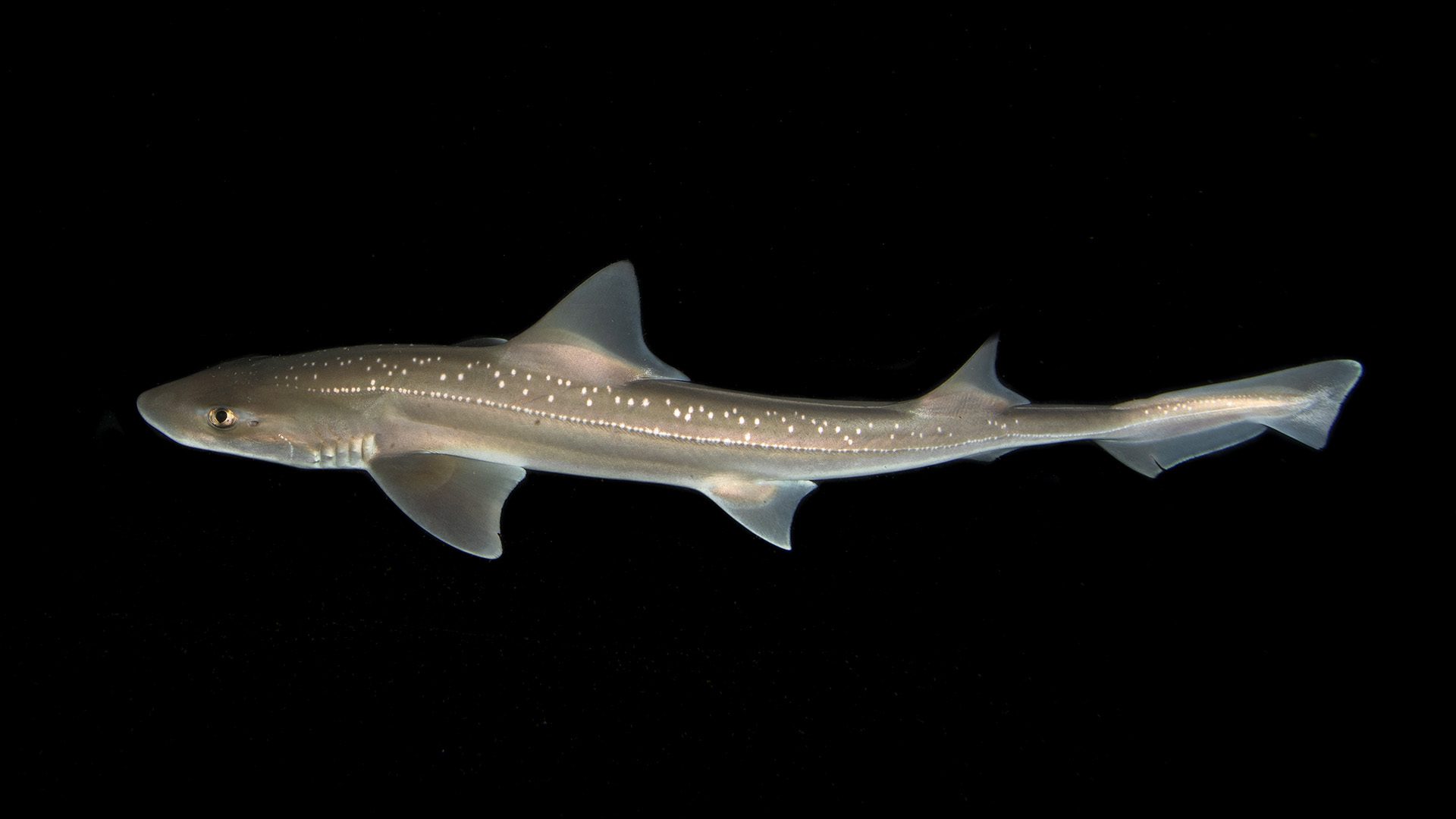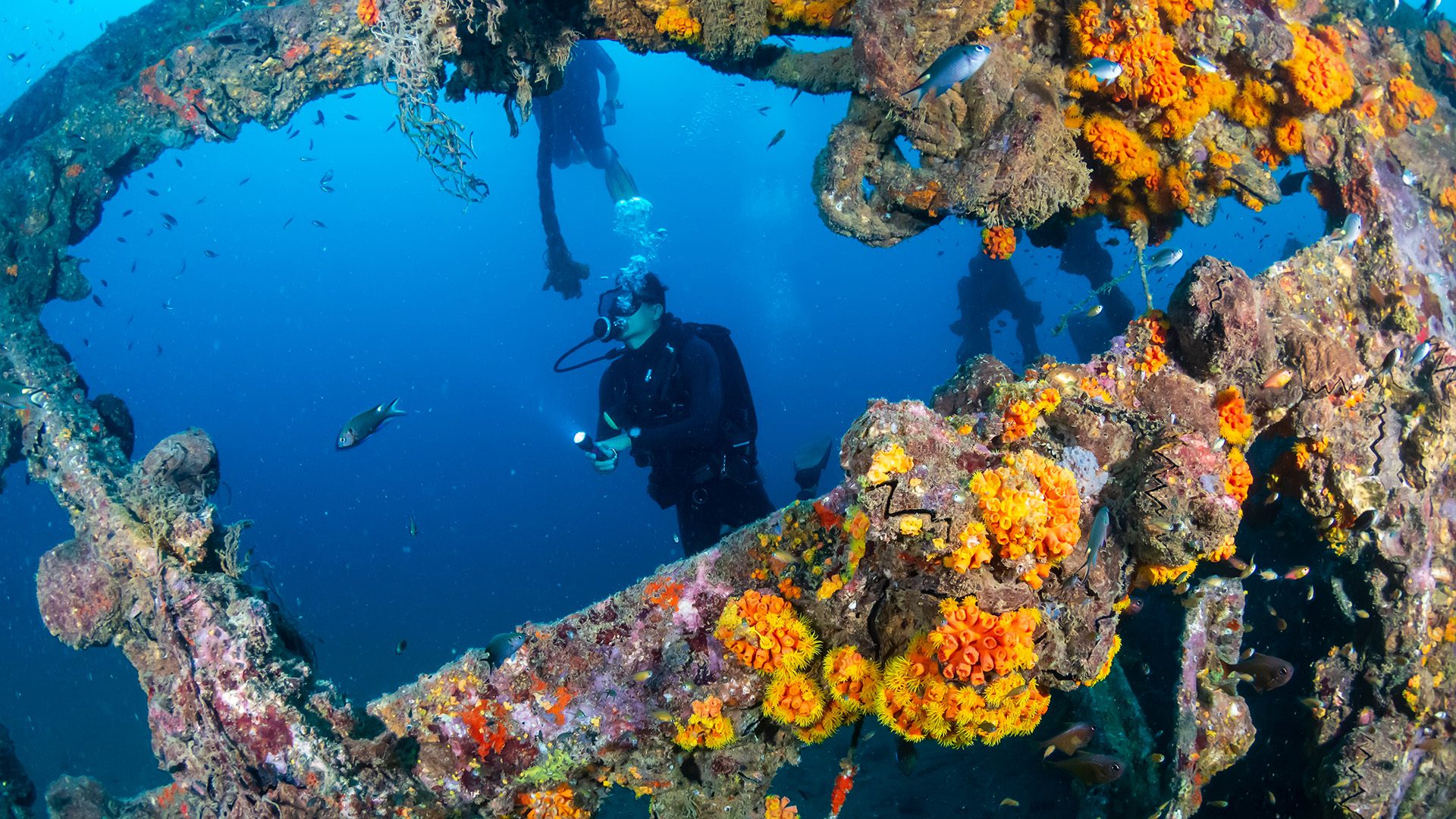A rare black seadevil anglerfish sees the light
A viral video shows a denizen of the ocean’s twilight zone making an unusual trip to the surface

Estimated reading time: 2 minutes
The deep ocean is a world of extremes—intense pressure, frigid temperatures, and perpetual darkness. It is also home to astonishing life forms, uniquely adapted to survive in conditions that would be unfathomable for most creatures.
Among these is the black seadevil anglerfish, Melanocetus johnsonii, a species so elusive it once seemed more folklore than fact. Recently, however, a remarkable sighting off the coast of the Spanish island of Tenerife provided scientists—and the world—a fleeting but invaluable look at this deep ocean predator far from its usual home.
When footage of the black seadevil anglerfish appeared online, it quickly became a viral sensation, captivating audiences and igniting widespread curiosity. Typically found in the twilight zone at depths of 200 to 1,500 meters, this wayward anglerfish was seen swimming near the surface moments before its death—an exceedingly rare event.
Scientists theorized that the anglerfish may have risen to shallow water due to ingesting a fish with a gas-filled swim bladder, which could have forced it upward uncontrollably. Others speculate that the fish was sick, stressed, injured, or accidentally wandered into shallow water, possibly while escaping a predator.
The black seadevil is a master of survival in the ocean’s twilight zone. “Anglerfish have a bioluminescent lure, which is an incredibly creative way to attract prey in the darkness,” explains Johanna Weston, deep-sea biologist and postdoctoral investigator at Woods Hole Oceanographic Institution (WHOI). “And those big teeth? They act like a Venus flytrap.” These evolutionary advantages help them capture scarce prey in an environment where food is both unpredictable and infrequent.
While the deep ocean appears devoid of light, life there has evolved ways to utilize even the faintest glimmers. “Species in the deep sea use just one percent of available light and employ it in incredible ways—to communicate, evade predators, and hunt,” says Ciara Willis, a biological oceanographer and postdoctoral investigator at WHOI.
Surprisingly, the anglerfish—despite its terrifying portrayal in Finding Nemo—is no larger than the palm of a hand. Female black seadevils typically grow to about six inches in length, while the males—who exist solely to reproduce—remain under an inch long. “Anglerfish are a little weird, but that doesn’t make them any less lovable. They are nothing short of mighty,” Weston adds.
Earth is a deep ocean planet, with more than 50 percent of its total area covered by water. Within those depths lies a wealth of biodiversity and vital ecosystem services like carbon sequestration and food sources. “Amazingly, large predatory fish like tuna and swordfish derive nearly 50 percent of their diet from biomass they hunt in the deep ocean,” Willis explains.
The deep ocean is both a sanctuary and a fortress, but even its most remote corners are not immune to change. “Climate change is altering how the ocean is functioning, even down to the deep sea,” Weston warns. As human activities continue to impact marine ecosystems, the delicate balance of life in the abyss faces mounting threats. “It’s critical to protect the deep ocean in upcoming policy decisions around deep-sea mining and fisheries,” Willis emphasizes.
Every fleeting glimpse of species like the black seadevil anglerfish brings scientists closer to understanding this vast, uncharted realm. As WHOI continues to push the boundaries of deep-sea exploration, future discoveries promise to reshape our understanding of life on Earth—proving that even in the darkest depths, there is still much to illuminate.



